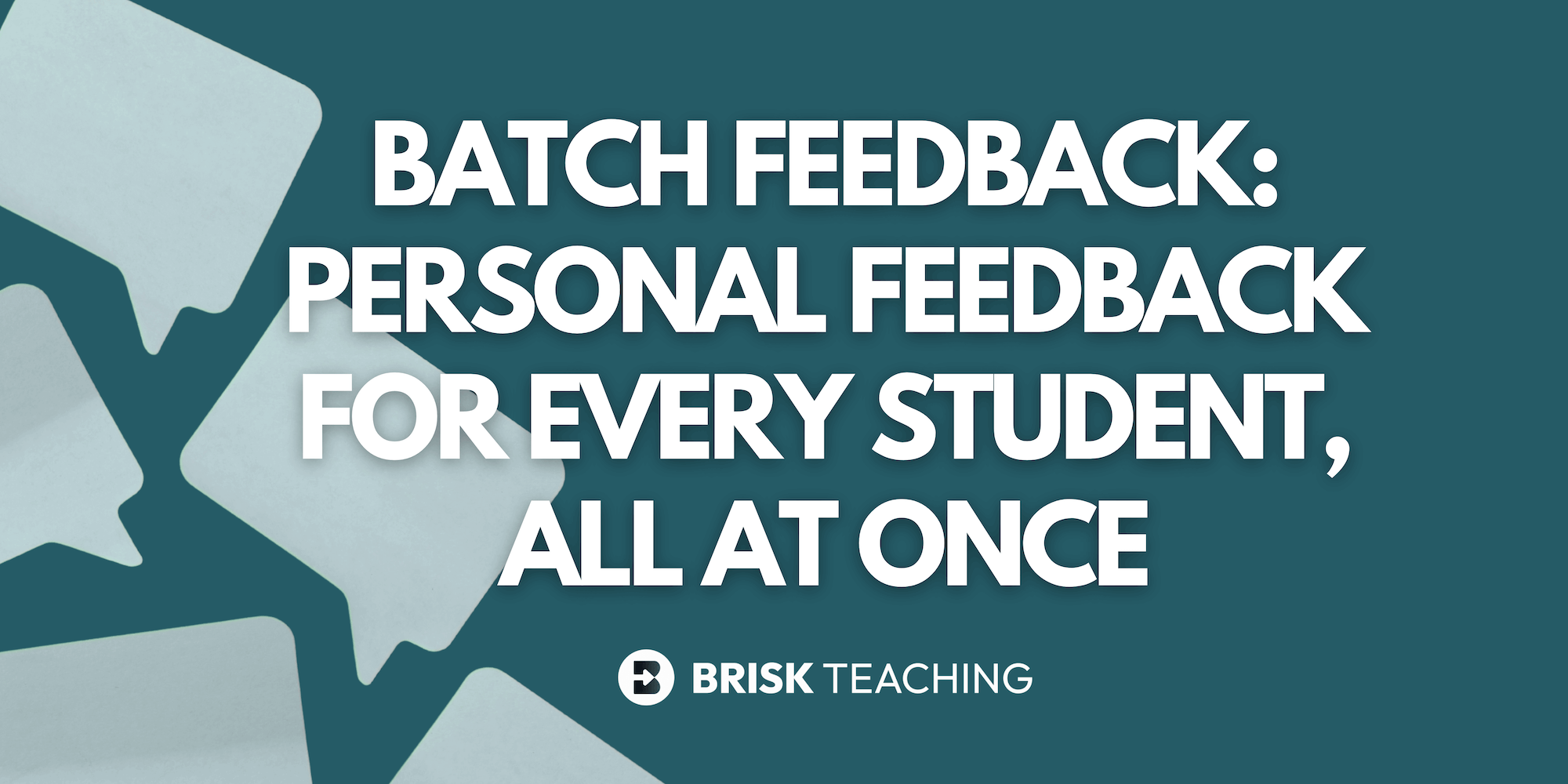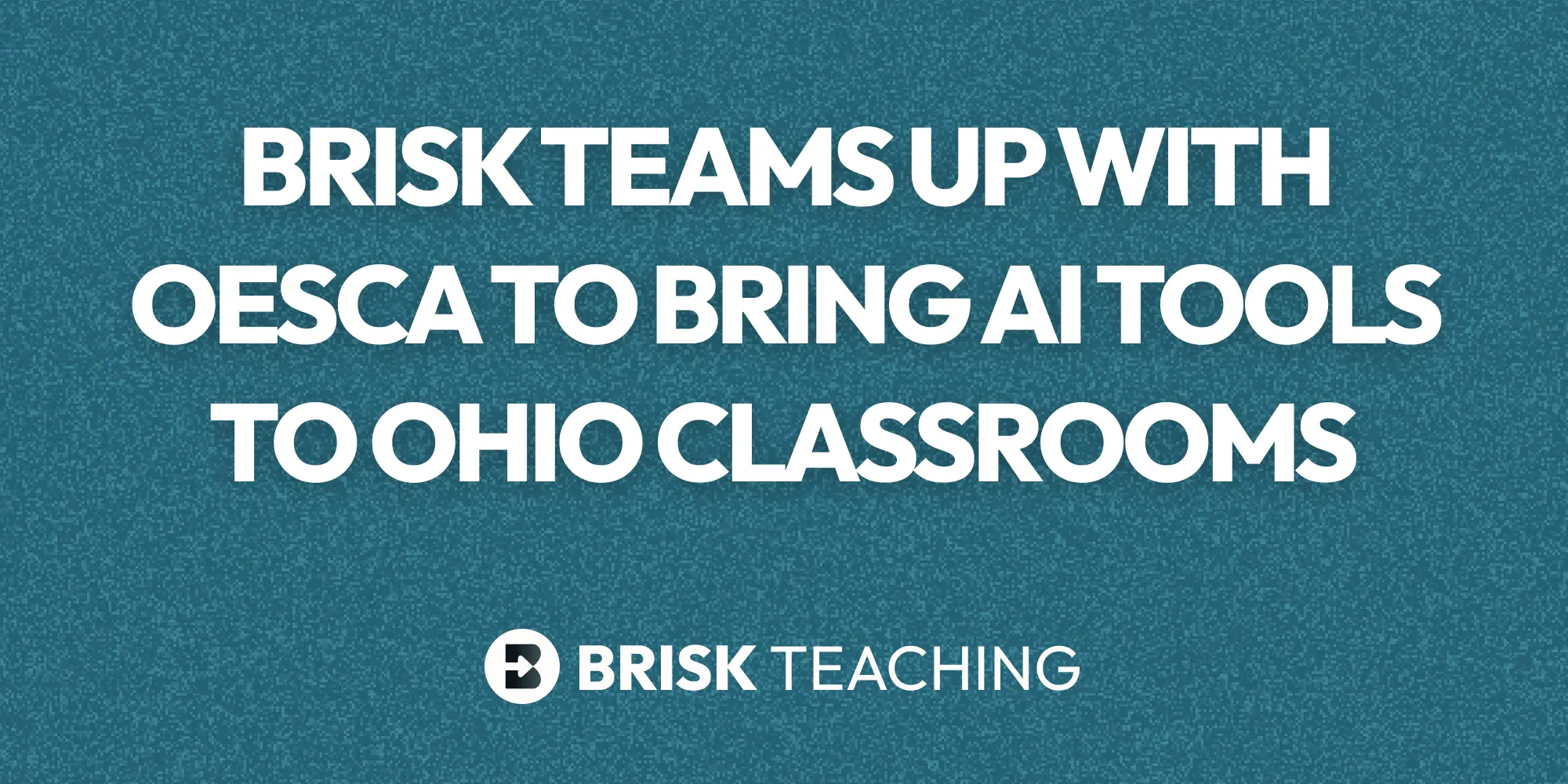As teachers, we have all felt the difference between a class that is in sync and one that feels disconnected. When students are clicking, lessons flow, participation rises, and the room feels energized. On the flip side, when the vibe is off, even the best lesson plan can fall flat.
One of the most effective and often overlooked tools for building positive classroom culture is reflection. Far from being just an SEL buzzword, reflection helps students feel comfortable, confident, and connected. It gives them a chance to use their voices, and it gives teachers a chance to listen and adapt.
In this post, we will explore why reflection matters, share quick student reflection activities, discuss ways to refresh classroom norms, and look at how feedback can strengthen classroom community building.
Why Reflection Strengthens Classroom Culture
Ongoing reflection and mid-course check-ins
Reflection is not a one-time event at the end of a unit. It is an ongoing process that helps teachers and students check in before issues become roadblocks. Something as simple as asking, “What is helping you learn?” or “What is making this topic harder?” shows students that their voices matter.
When you act on their feedback, even in small ways, it signals that their input can shape the classroom. This builds trust and helps create a learning space where students want to stay engaged and participate fully.
How reflection builds trust and ownership
Reflection should not live only on the teacher’s side. Prompting students to reflect on their own progress helps them see how their choices affect the classroom community. After a project, you might ask questions like:
- “What could you do to improve your group’s collaboration next time?”
- “What would you change if you had a do-over?”
These prompts guide students to take ownership of their learning and recognize how their actions impact others. When students feel heard and see their opinions taken seriously, they are more willing to take risks, share ideas, and support their peers.
Quick Reflection Activities
Sometimes the best culture-builders are the simplest. Try weaving these student reflection activities into any lesson:
- Journaling: Give students two to three minutes to write freely about their progress, challenges, or feelings. This personal space encourages honesty over “right answers.”
- Exit slips: Ask for one-word check-ins, quick “glows and grows,” or even emoji reflections. These provide powerful insights without taking much time.
- Group circle discussions: Create space for students to share out loud. Circle conversations foster empathy, listening, and stronger peer connections.
These short activities nurture connection, reduce conflict, and help students see their classmates as teammates. When students regularly share and listen to each other, they begin to appreciate one another’s strengths and challenges, which naturally strengthens community bonds.
If you are stuck on what prompts to use, Brisk can instantly generate tailored reflection questions for academics or SEL. This keeps reflection fresh and meaningful without adding more work to your planning. Start using Brisk today.
Refreshing Classroom Norms Together
Even in the strongest communities, routines can slip, especially after breaks or during busy seasons. A mid-year reset helps everyone pause and realign. Instead of repeating rules yourself, make the process collaborative so students feel like co-owners of the classroom culture.
Here are a few strategies that work well:
- Class charters: Work as a group to write a statement of values and goals for the classroom. Display it so everyone sees it daily.
- Voting on learning supports: Ask students to share what helps them learn best and have the class vote on the top three. These become shared expectations.
- Rewrite norms in small groups: Break students into teams to revise or refresh class agreements. Each group presents, and the class chooses which ones to adopt.
- Reflection wall: Use sticky notes or a digital board where students anonymously post what is working and what is not.
For a fun reset after a break, try a “reflection gallery walk” where students circulate around the room reading prompts like, “What makes our class feel welcoming?” or “What do we need to succeed together?” This shifts the tone from “rules” to “shared goals,” which helps students feel like collaborators rather than recipients of expectations.
When students help shape norms, they are more motivated to uphold them. They understand why the expectations matter, and they are more invested in maintaining them throughout the year.
Personalized Feedback That Matters
Reflection does not stop with activities. The feedback you give also plays a huge role in classroom community building.
One effective method is Glow and Grow feedback:
- Glow: What students are doing well.
- Grow: Where they can stretch further.
This feedback style keeps things positive and actionable. For example, after a science lab you might say, “Glow: Your group designed a clear procedure that made your results reliable. Grow: Next time, focus on explaining your findings more thoroughly in the conclusion.” Or after peer reviews in writing class, “Glow: You gave thoughtful compliments to your partner. Grow: Add at least one suggestion for improvement in the next round.”
Feedback can take many forms, from written notes on assignments to quick one-on-one conferences or even digital comments in Google Docs. No matter the format, the consistency of Glow and Grow feedback helps students feel supported instead of judged. Over time, they begin modeling this type of feedback with their peers, which deepens the sense of community.
If you want to save time while keeping feedback personal, Brisk can generate Glow and Grow reflections in minutes. That means you can give students meaningful feedback without the stress of writing dozens of comments from scratch. The result is stronger teacher-student trust and a classroom where students know their voices and efforts matter.
Key Takeaways
Reflection is not an “extra.” It is the foundation of a classroom where students feel safe, supported, and connected.
- Ongoing reflection builds trust and ownership, helping students see how their choices shape the classroom.
- Quick student reflection activities nurture empathy, strengthen relationships, and reduce conflict.
- Resetting norms together keeps the classroom community strong and ensures students feel invested in maintaining it.
- Personalized feedback deepens bonds and motivates growth by showing students that their efforts matter.
Even small reflection moments add up, strengthening relationships and creating a resilient classroom culture.
Reflection works best when it is consistent, and consistency is easier with the right support. With Brisk as your everyday classroom partner, you can create prompts, activities, and Glow and Grow feedback in minutes. That means less time planning and more time connecting with students.
Try Brisk today and see how reflection can become one of the simplest, most powerful tools in your teaching toolkit.
.webp)
.webp)






